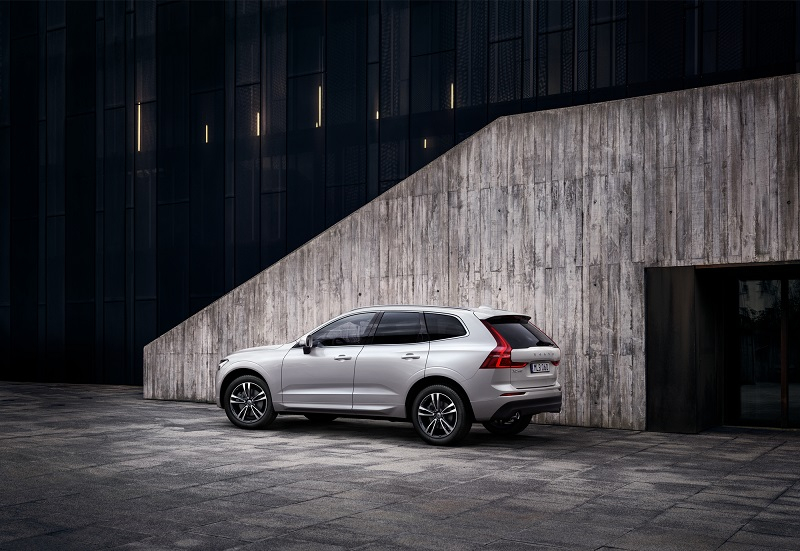50 kilometers across Manila Bay, the Memorial Cross on Mount Samat National Shrine can be seen from as far as Quezon City. The Sierra Madre mountain range is now more visible from afar because of the reduction of haze and smog.
These are just some examples of how the air quality in Metro Manila and neighboring areas has seemingly improved after the enhanced community quarantine (ECQ) has been imposed.
Cleaner and clearer skies and bodies of water have been observed in different parts of the country. Amidst the doom and gloom brought on by the COVID-19 pandemic, there seems to be a silver lining when it comes to its effects on the environment.
With unprecedented swiftness, the disease caused by SARS-CoV-2 has impacted lives all over the world. Currently, the World Health Organization (WHO) has registered over 2.9 million cases with 202,733 deaths (as of 28 April 2020). It affects 213 areas, countries, or territories with no prejudice as to race, gender, religion, or economic classes.
In the Philippines, there are 7,958 total confirmed cases based on the Department of Health’s (DOH) case tracker as of 28 April 2020. To help contain the spread of the virus, the government has resorted to a community-wide quarantine. Business and leisure establishments temporarily closed doors, travel restrictions have been put in place, strict rules and regulations have been enforced and personal mobility is closely monitored.





